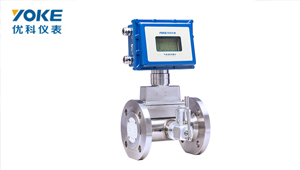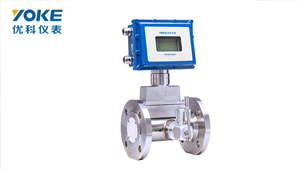The range of the metal tube float flowmeter is very wide and can measure liquids and gases. For gas media, they are affected by parameters such as density, viscosity, temperature, and pressure, resulting in significant differences in on-site operating conditions. The reasons that affect the accuracy of metal tube float flow meters can be roughly summarized as follows.
1. Processing accuracy of cone tube and float. The metal rotor flowmeter is calibrated by measuring the height of the flowmeter float and displaying the scale on the panel through the principle of magnetic coupling. Therefore, the uniformity of the taper of the conical tube affects the accuracy.
2. Accuracy of the standard instrument. The uncertainty inherent in the measuring standard itself affects the accuracy of the flowmeter scale during measurement calibration.
3. Physical conditions. The measurement of fluid density, viscosity, temperature, and pressure on site will also affect the measurement accuracy of the flowmeter. Factors such as high float height and eccentricity can cause left and right sway during operation, and rapid rotation of the float off center will affect the measurement accuracy.
4 . The degree of influence by fluid viscosity. The basic flow equation does not include the fluid viscosity parameter, but the flow coefficient a is not a constant and varies with R when the Reynolds number Re of the annular channel is lower than a certain value. R is related to the fluid viscosity, the ratio of the large diameter of the float to the inner diameter of the cone tube at its position, and the flow velocity in the annular channel. For instruments designed for operation, the factor affecting R is the fluid viscosity. For instruments designed with a certain caliber and flow range, there is a viscosity upper limit value, and flow readings below the viscosity upper limit value will not be affected by fluid viscosity. Some models of float flowmeters have the same float shape for the same diameter but different flow ranges (with different weights and similar viscosity upper limits), while others have different float shapes and have different viscosity upper limits.



























